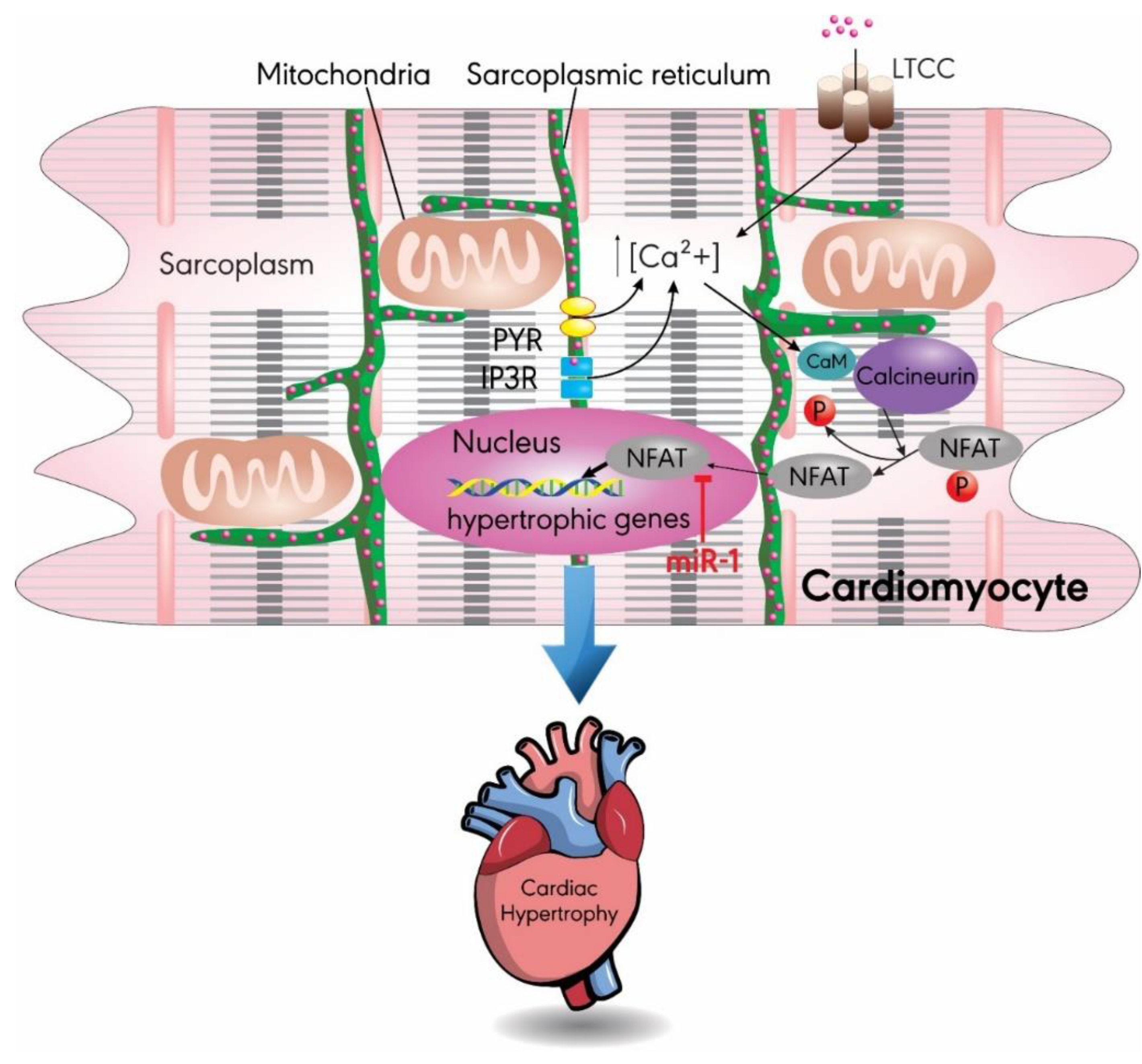

In this article, we discuss various techniques that can be utilized to help the clinician distinguish physiologic hypertrophy of the athlete and the pathologic hypertrophy of HCM.

Conversely, an incorrect diagnosis of an athlete's heart may put a young life in harm's way and waive further risk stratification and evaluation of family members for this genetic condition. A misdiagnosis can be devastating to the athlete with unnecessary interruption of training or elimination from competition. 5 The findings, described at the ACC Annual Scietific Sessions in 2013, showed that LVH above 13 mm was present in nearly 10% of the American football athletes, a significant difference from the previously accepted upper limits of athletic wall thickness.ĭistinguishing physiologic from pathologic hypertrophy for athletes can be difficult. may not be accurate in this group of athletes. To that end, a recent evaluation of American football players suggests the previously published data from Pellicia et al. However, this data may be incomplete and not representative of all athletes. 5 An athlete with wall thickness between 12 and 16 mm represents the so called "grey zone" between the physiological adaptation of the athlete and pathologic expression of HCM. demonstrated that some highly trained, elite athletes who developed LVH primarily increased septal thickness, which exceeded normal values (females up to 13 mm, and males up to 16 mm). 2-4 This is most notable in those athletes undergoing endurance training as compared to those involved in strength training. 1 Investigators in this field indicate that it takes approximately two years of intensive training of at least five hours per week to induce these adaptive changes, which are considered to be normal and are reversible with detraining. The degree of hypertrophy associated with athletic physiologic adaptations can overlap with the pathologic hypertrophy of hypertrophic cardiomyopathy (HCM), leading to difficulty in distinguishing the two entities.Īthletic hypertrophy has previously been described as occurring in approximately 2% of athletes and varies by gender. As a result, physiologic adaptations related to training such as increased myocardial thickness may occur. Elite athletes train and perform at levels that exceed most others' capabilities. The term "athlete's heart" is used to define the pattern of morphological, functional and electrical changes that result from intensive training including left ventricular hypertrophy (LVH).


 0 kommentar(er)
0 kommentar(er)
